The game of chess is a battle of minds. It is an arena where only the strongest minds and the smartest tactics prevail.
There is no place for weakness in the world of the 64 squares, as the game aims to crush the opponent’s mind.
The primary aim of any chess player in a chess game is to win. The cleanest and most popular way of winning a chess game is by checkmate. However, a draw can also occur.
Draws can happen for numerous reasons; a draw can happen through mutual agreement, insufficient mating material, or stalemate.
In this article, we will focus on two ways a chess game can end — Stalemate vs Checkmate.
What is Stalemate?
A stalemate is a situation in a chess game where a player who has the next move (whose turn it is to move) has no legal moves, and their king is not in check.
The outcome of a stalemate in a game of chess is a draw.
A stalemate wasn’t known to be a draw until the 19th century. However, before the stalemate-draw rule, the treatment of a stalemate position varied widely among chess players.
In some places, a stalemate was deemed a win for the stalemating player; in other places, deemed a stalemate to be a half-win for the stalemating player. Some other applications even considered a stalemate a loss for the stalemating player.
In some chess variants, like Losing Chess, a stalemate is treated as a win for the stalemated player.
How Does Stalemate Occur?
Now that you know what a stalemate is, it is important to know how a position can become a stalemate.
A position becomes a stalemate when a player can not make legal moves with any piece, and their king is not in check.
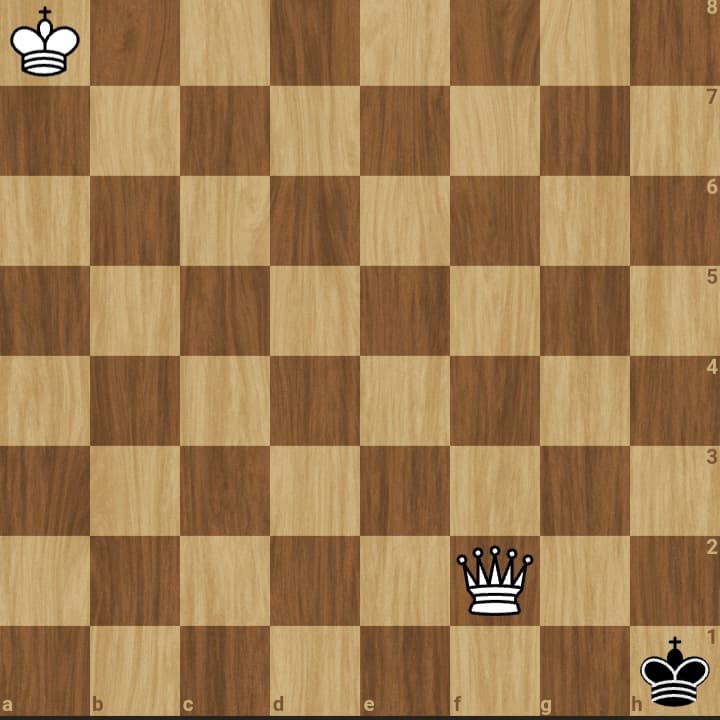
This means that for a stalemate to happen, there must be no possible legal move a player can make; this can happen when the player only has a king, the other pieces on the board are pinned, or there are no free squares available to any piece.
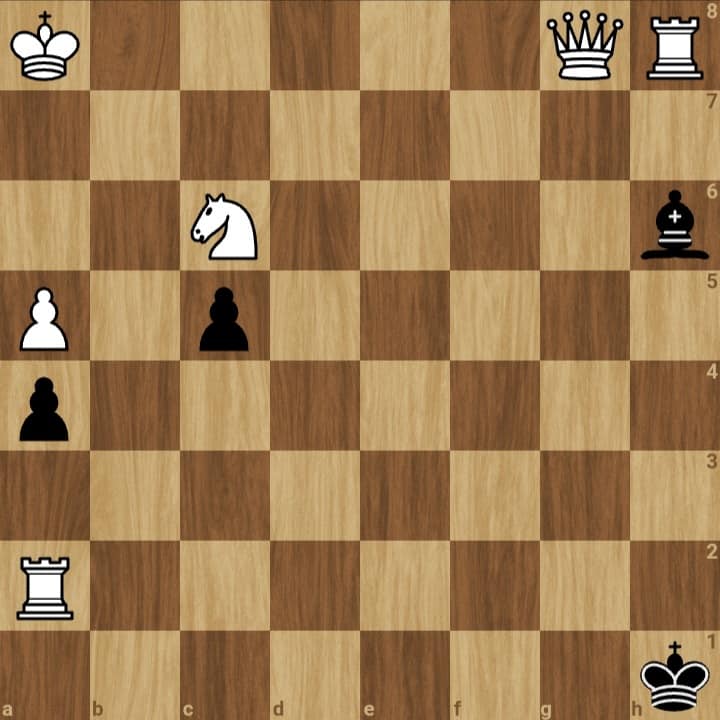
In addition, the king must also not be in check.
How To Avoid Stalemate
For a chess player to fully understand and win a chess game, they must know how to prevent a stalemate. Ways in which you can avoid stalemate include:
1. Solve Stalemate Puzzles
Stalemate puzzles are positions created to educate players on how to deal with stalemate positions. Solving stalemate puzzles is a good way of learning how to tackle potential stalemate positions. Regular practice with stalemate puzzles will ensure you spot a potential stalemating move and prevent it from happening.
2. Don’t Capture Every Chess Piece
Stalemate occurs when an opponent has no legal moves with his king or any other piece. So you don’t have to capture them all when you have a huge lead in material advantage, and your opponent has a few harmless pawns laying around the board. If the game goes on and your opponent has no more legal moves, those idle pawns will ensure the game goes on.
3. Remember To “Check” Your Opponent
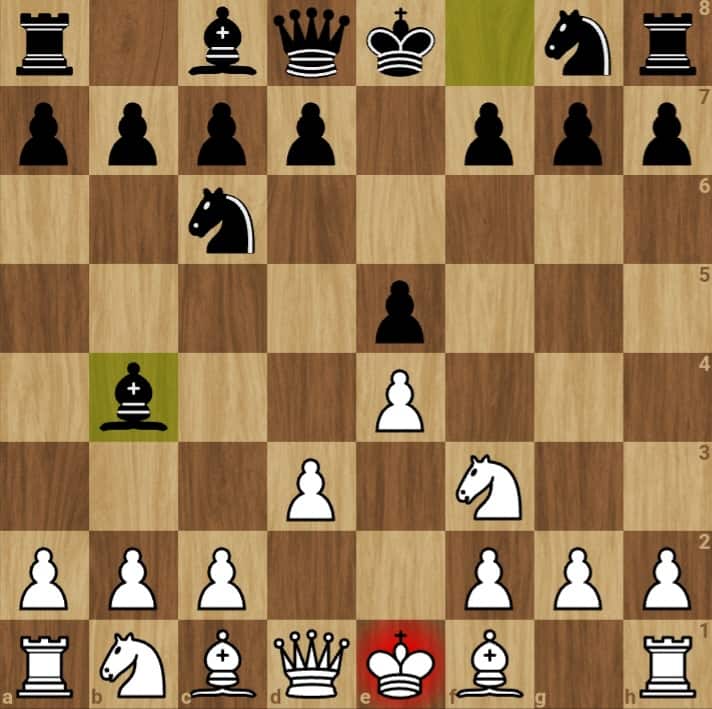
One of the conditions in which a stalemate can happen is when the king is not in check. Therefore putting your opponent in check ensures that a position cannot become a stalemate, as a stalemate cannot occur if an opponent’s king is in check.
4. Always Be Aware Of Your Opponent’s Options
Remember that if you push your opponent’s king into a corner, they may have very few moves left, which could result in a stalemate.
5. Keep Track Of Material
If you are ahead in material, be careful not to trade pieces too quickly or carelessly, as this can sometimes lead to a stalemate position.
Misconceptions About Stalemate
Stalemate is often viewed as an undesirable outcome in chess, particularly for players with a winning position earlier in the game.
However, this perspective overlooks the defensive value of stalemate and the strategic thinking required to achieve it.
One common misconception about stalemate is that it is always a sign of poor play or a missed opportunity.
However, a skilled player may intentionally maneuver their opponent into a position where stalemate is the best possible outcome. This can be particularly useful if the player is at a disadvantage and needs to avoid losing the game.
Other Misconceptions about stalemate include:
Stalemate is a “cheap” way to draw
Some players may feel that stalemate is a frustrating and unfair way to end a game, particularly if they were in a winning position earlier. However, it’s important to recognize that stalemate is a legitimate way to draw a game, and it can be a valuable defensive tactic for players who are at a disadvantage.
Stalemate only happens when a player makes a mistake
While it’s true that a player must make a mistake to allow their opponent to achieve stalemate, it’s also true that stalemate can result from clever defensive play. For example, a player might intentionally give up material to force a stalemate, particularly if they have no other options.
Stalemate is always a bad outcome
While stalemate can be frustrating for players hoping to win the game, it’s important to remember that a draw is often a better outcome than a loss. In some cases, a player might intentionally aim for a stalemate if they feel that they cannot win the game.
Stalemate is not a common occurrence
While stalemate is less common than checkmate, it’s still fairly frequent in chess. In fact, some games are specifically designed to make stalemate a more likely outcome, such as chess variants that include additional pieces or modified rules.
Stalemate is only relevant in endgame situations
While stalemate is most commonly seen in the endgame, it can also occur at any point in the game. In fact, there are many examples of games in which a player was able to force a stalemate in the middlegame, either as a defensive tactic or as a way to force a draw when they were in a losing position.
Stalemate is less important than checkmate
While it’s true that checkmate is the game’s ultimate goal, stalemate is still a crucial concept that all players should be familiar with. In fact, some players might argue that stalemate is actually more important than checkmate in certain situations, particularly if a player is trying to avoid losing the game.
What is Checkmate?
Checkmate is derived from the Persian word “Shah mat,” which directly translates to “the king is dead.”
Checkmate is the ultimate goal of the game of chess, and the attacking player will try to put their opponent’s king in checkmate by delivering a series of checks that force the king into a position where he has no legal moves to escape.
This can be done by combining moves involving the attacking player’s pieces (such as queen, rooks, bishops, knights, and pawns) to create a deadly attack on the king.
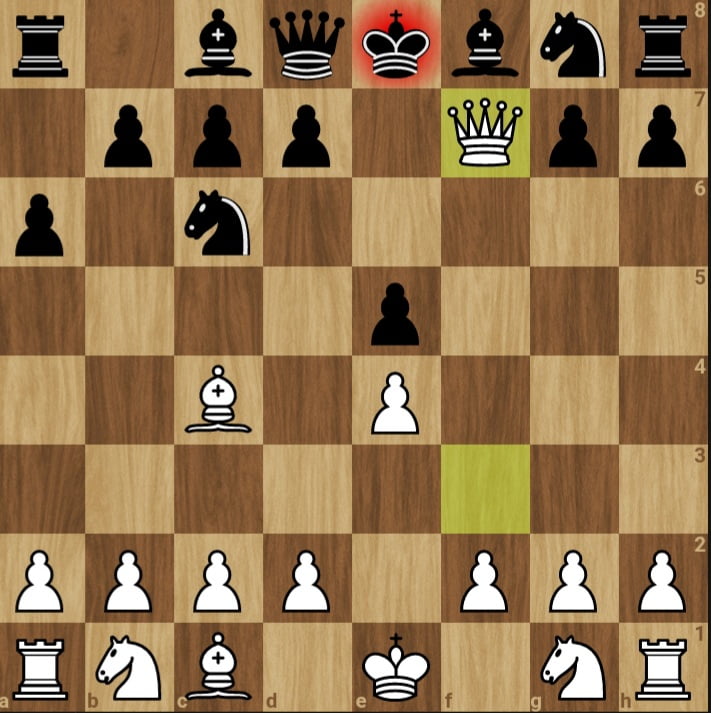
To deliver a checkmate, the attacking player must carefully plan and execute their moves. In contrast, the defending player must try to prevent the checkmate by blocking the attacking pieces, moving their king to a safe square, or sacrificing their pieces to create counter-threats.
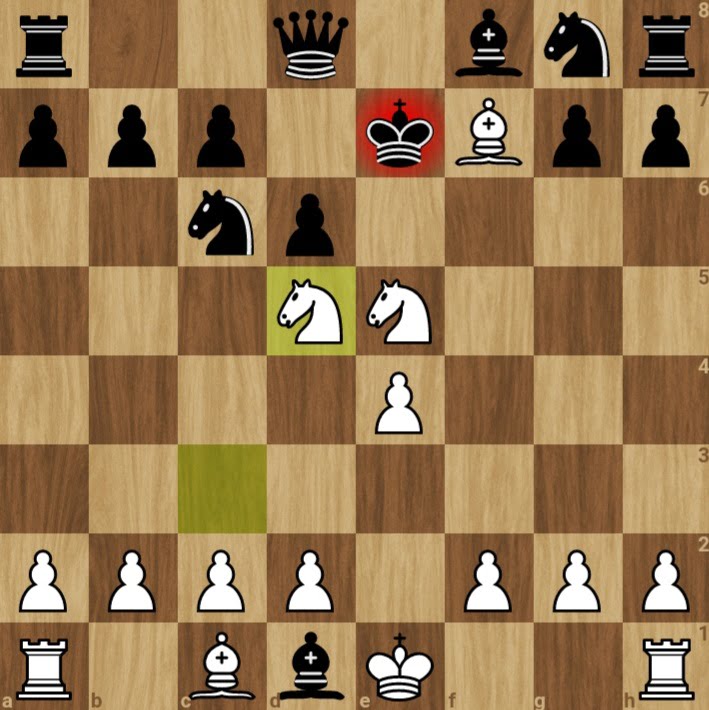
There are many different checkmate patterns and tactics that players can use, including the famous “Fool’s Mate” (which is a checkmate that can occur in just two moves), as well as more complex checkmates involving multiple pieces and a coordinated attack.
Frequently Asked Questions (FAQs)
What is the difference between stalemate and checkmate?
Stalemate occurs when a player’s king is not in check, but they have no legal move to make, whereas checkmate occurs when a player’s king is in check, and there is no legal move to get out of check.
Can a player win by stalemate?
No, a player cannot win by stalemate. Stalemate results in a draw, regardless of the position on the board or the players’ strength.
Can a player win by checkmate with only a king and a knight or bishop?
Yes, it is possible to win by checkmate with only a king and a knight or bishop, although it requires careful planning and execution. This is known as a “minor piece checkmate” and is a common endgame tactic.
Is it possible to have a stalemate when the attacking player has more pieces than the defending player?
Yes, it is possible to have a stalemate when the attacking player has more pieces than the defending player. This can occur when the attacking player overextends their position and fails to deliver a checkmate, allowing the defending player to create a stalemate position.
Can a player force a stalemate if they are losing?
Yes, a losing player can sometimes force a stalemate if they can create a position in which their opponent’s king has no legal moves, even if it means sacrificing their pieces. However, this is a rare occurrence and generally requires a specific set of circumstances.

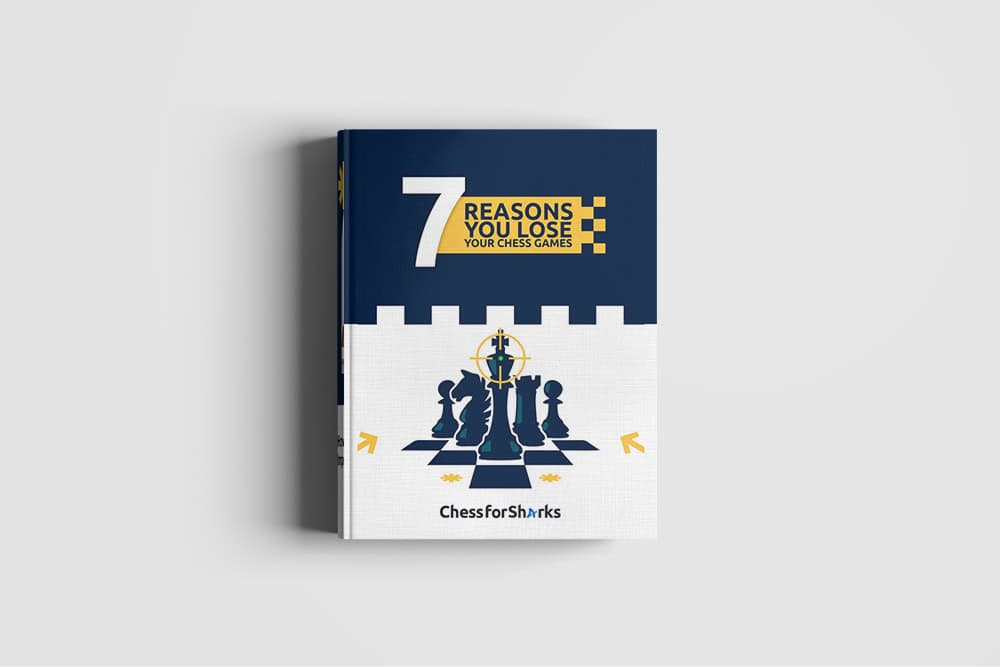


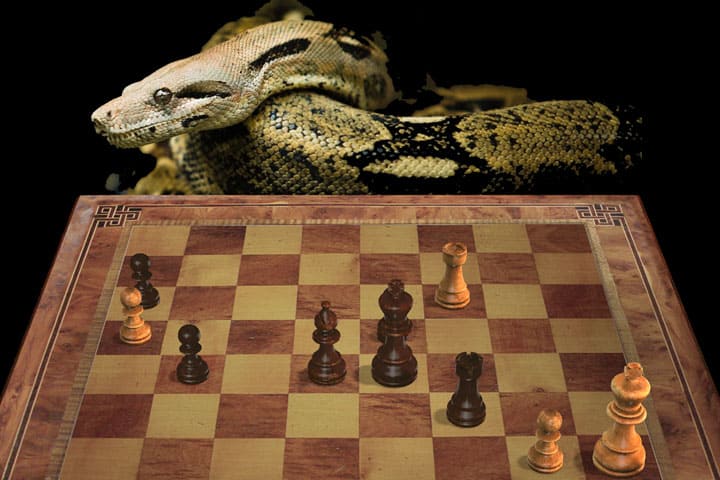
join the conversation